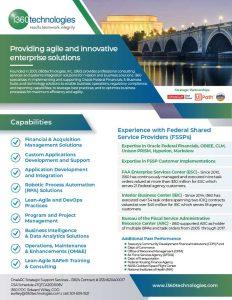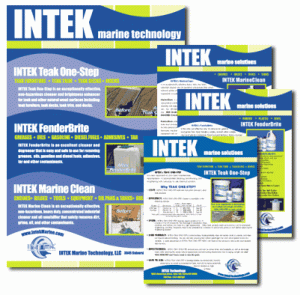CD: Compact Disc, a digital medium formed of a 12cm polycarbonate substrate, a reflective metalized layer, and a protective lacquer coating. The physical format of CDs is described by the ISO9660 industry standard.
CD-DA: Compact Disc Digital Audio. Commonly called a CD, this is an audio disc that contains up to 74 minutes of hi-fi stereo sound. Unlike phonograph records in which the disc platter contains “carved sound” the CD is recorded in digital form as a series of tiny pits that are covered with a clear, protective plastic layer. Instead of a needle vibrating in the grooves, a laser in the CD player shines light onto the pits and picks up the reflections as binary code. Other forms of CDs (CD ROM, CD ROM X/A, CD-I and DVI) all stem from the audio CD.
CD-ROM: Compact Disc Read Only Memory. A compact disc format that is used to hold text, graphics and hi-fi stereo sound. The disc is almost the same as the music CD, but uses different tracks for data. The music CD player cannot play CD ROM discs, but most CD-ROM players are able to play CD discs. A CD-ROM player is cabled to and controlled by a card that is plugged into one of the computer’s expansion slots. A CD ROM can hold 650 Mb of data, which is equivalent to about 250,000 pages of text or 20,000 medium-resolution images.
CD-R: Compact Disc-Recordable. This term is used to describe the technology of recordable CD as well as the equipment, software and media used to make recordable discs.
Data Transfer Rate: The speed with which data can be read from a CD ROM drive. 150 kilobytes (kB) per second was the original standard rate; 2x = 300 kB/second; 4x = 600kB/s (etc.).
DVD: Digital Video Disk (also known as Digital Versatile Disk). An optical storage medium with improved capacity and bandwidth compared with the Compact Disc. DVD, like CD, was initally marketed for entertainment and later for computer users. A DVD can hold a full-length film with up to 133 minutes of high quality video, in MPEG-2 format, and audio.
ISO 9660: A widely used file format for CD ROM. The ISO 9660 (formerly High Sierra) standard defines a directory structure which has been accepted by the International Standards Organization. This standard, supported by Microsoft in the MS/DOS Extensions, allows ISO 9660 formatted CD ROM discs to be read like a DOS write-protected hard disk.
Hybrid Disc: A CD-ROM which can function on either the PC or the Macintosh platform.
Lacquer Spincoat: Acrylic lacquer is spincoated in a thin layer on top of the metal reflective layer of a CD to protect it from abrasion and corrosion.
Mastering: Mastering is the process of creating a stamper or set of stampers to be used in the injection moulding stage of replicating or manufacturing compact discs.
Offset Printing: The most common commercial printing technology in use today. Offset printing applies 4 layers of ink (cyan, magenta, yellow, and black) onto the CD Rom or DVD surface. For each layer, a reverse image of the page is placed on a roller in the printing press. Ink is applied to the non-image areas on the roller, so that as the roller presses against paper moving through the press, the proper image is left on the paper. Offset printing onto CDs and DVDs is ideal for intricate full-color designs, skin tones, and crisp text.
Replication (or Manufacturing): Mass produced CD’s using an injection molding technique. Also known as CDROM and molded disc. Liquid plastic is shaped into CD’s with the data or music on them. These are the most common discs found in retail applications.
Silkscreen Printing: With silkscreening, ink is applied to a screen and forced through the holes in a stencil to create an image on the surface of the CD or DVD. Silkscreen printing can include up to 5 single colors, or 4 color process (CMYK). For CD Rom & DVD printing, silkscreening is appropriate for 1, 2, and 3 color jobs – especially through that require PMS colors, and for solid ink coverage.
Stamper: The data-bearing removable “die” used during the injection moulding of a CD to imprint pits and lands into the polycarbonate substrate of the disc. In replicating or manufacturing CD-R media, instead of pits and lands, a continuous spiral is pressed into the substrate as a guide to the recorder’s laser. The stamper is part of a “disc family” created in the mastering process.




















